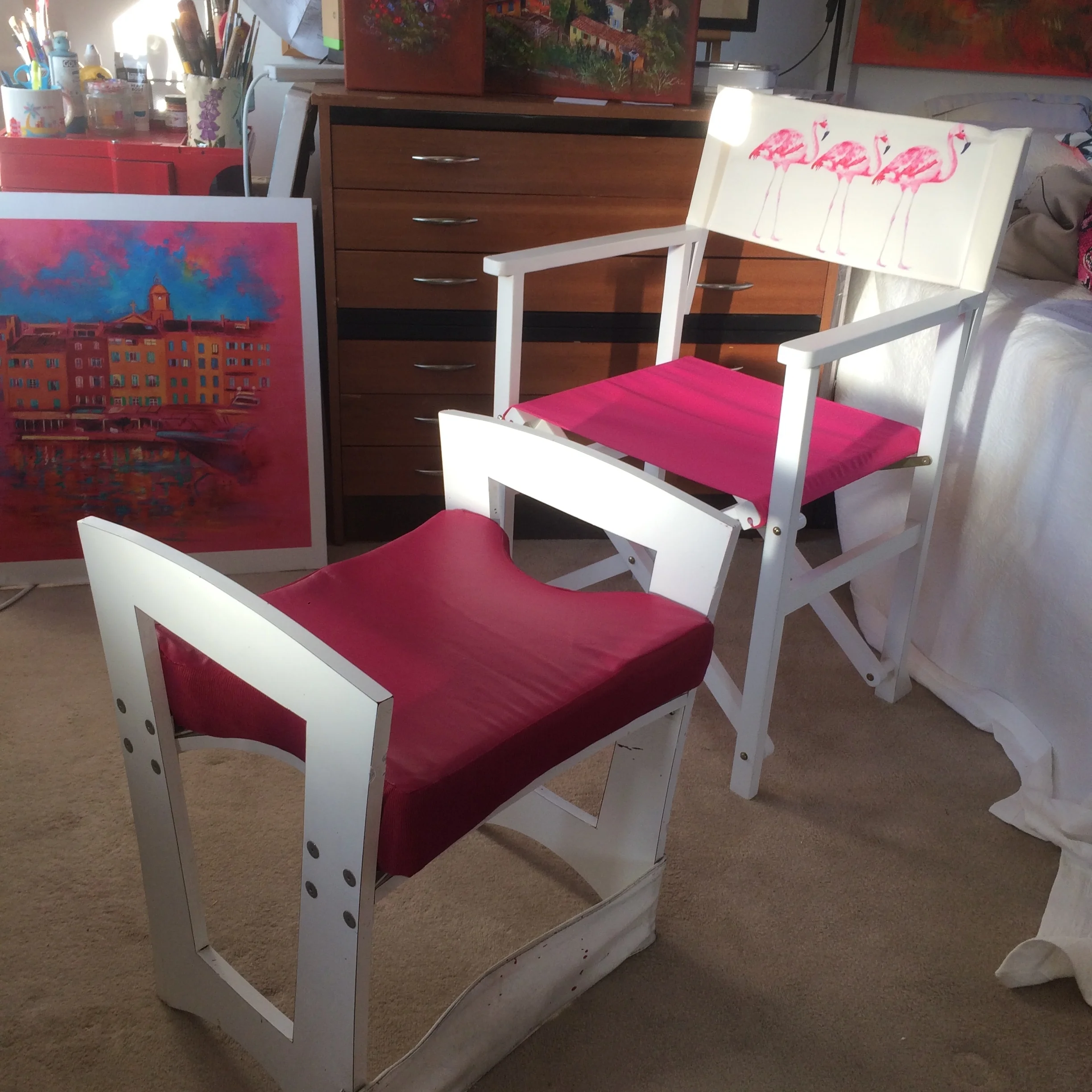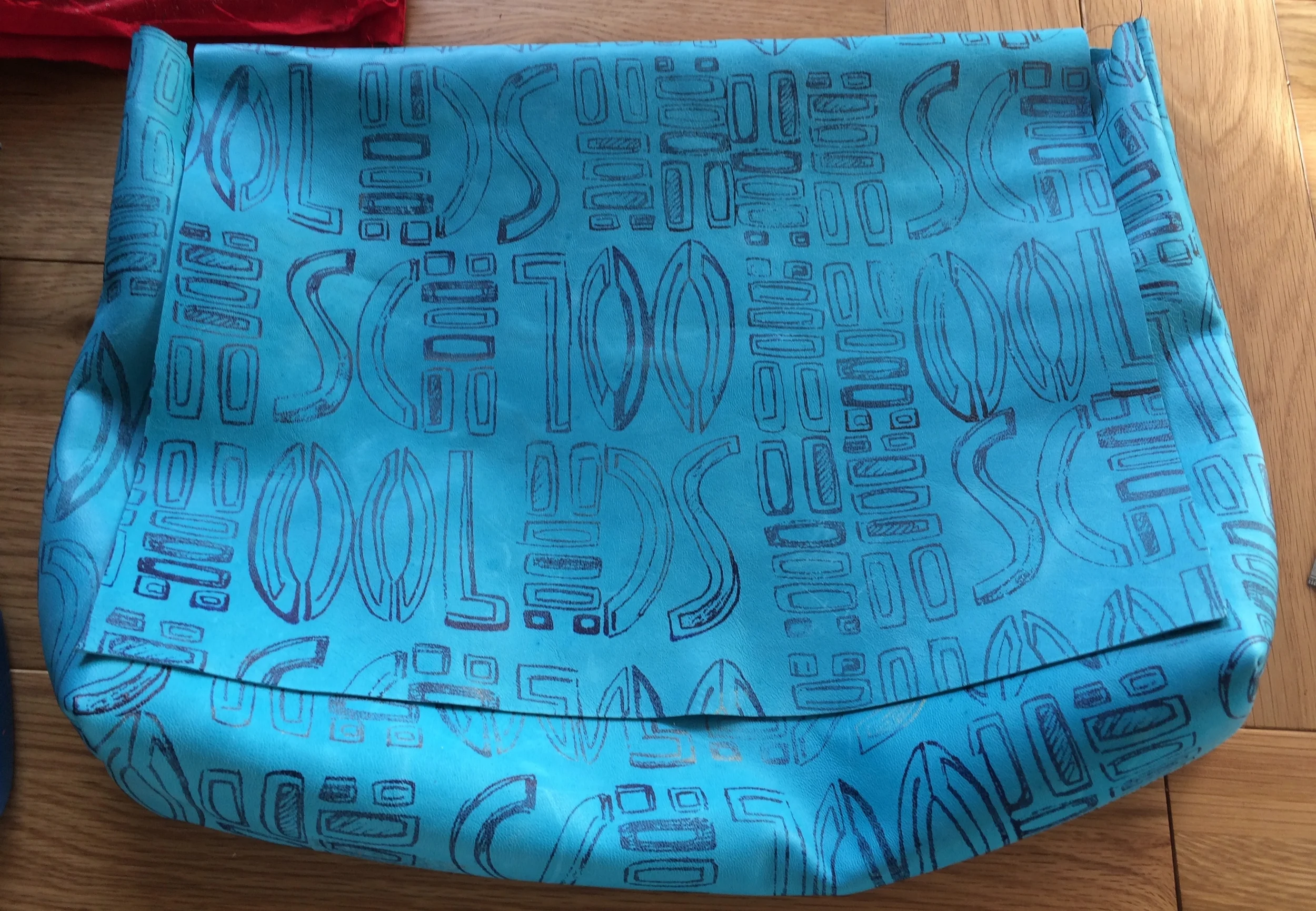Continuing with my marathon of making cushions in all shapes and sizes, my mum asked me to recover the cushion from her trusty old stool in her studio. Amazingly, she has had it since the 70s or 80s and it was designed by her dad (my granddad).
The original cover was completely falling to bits but somehow the foam inner cushion looked fairly intact. Mum's favourite colour is bright pink and she already had a director's chair in her studio in bright pink (and covered in flamingos!), so I picked a beautiful lamb's leather in fuchsia that I've had in my leather stash for years.
I used a sample sale purchase of bright pink ribbed upholstery fabric for the gusset and a super long invisible zip, which I struggled to sew round the curved edges of the cushion - so it doesn't quite zip up the whole way. But this is such an improvement from what I started with...I don't think I care that much! More importantly, neither does mum!
The original cushion...looking in desperate need of some attention.






















